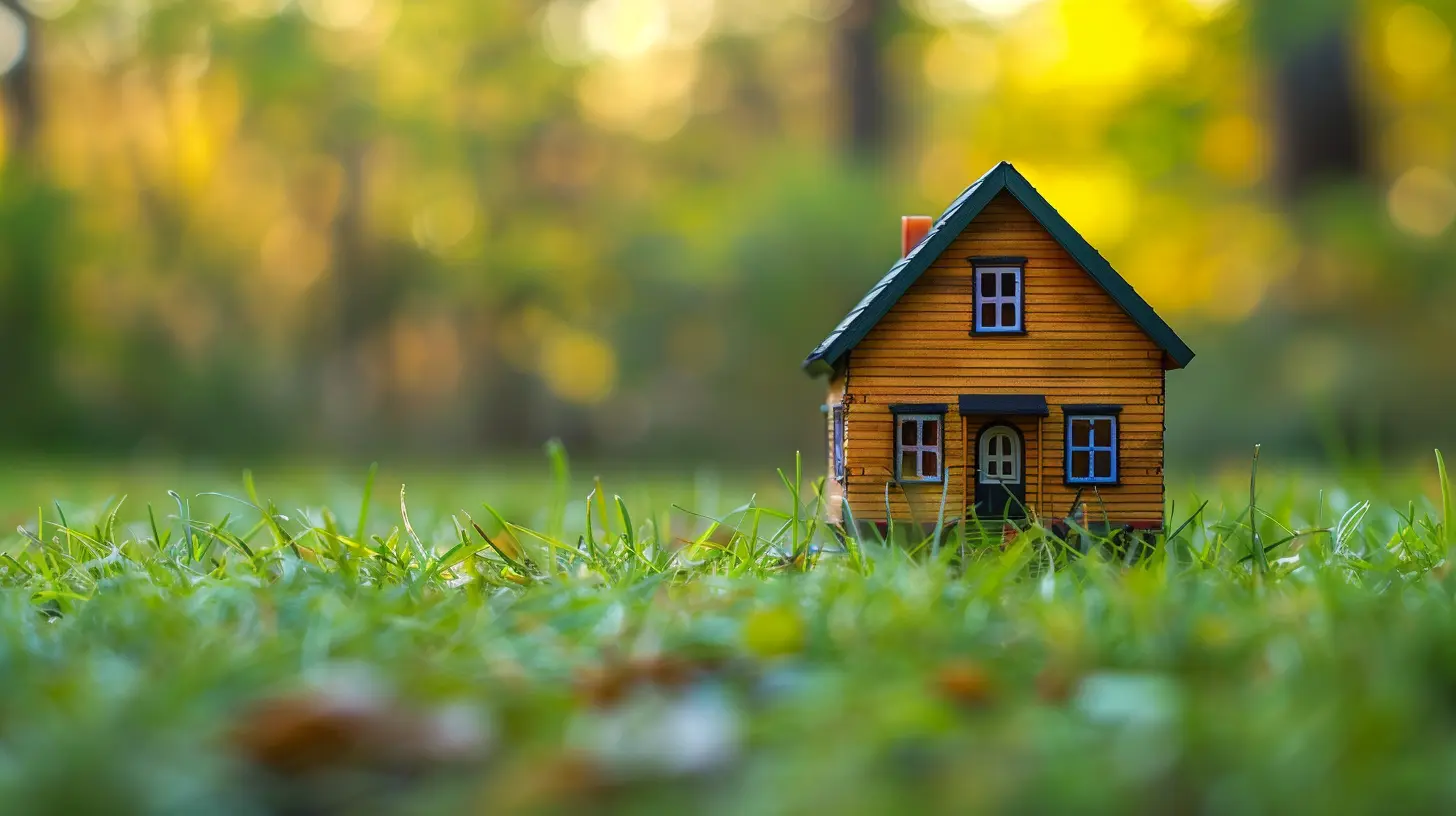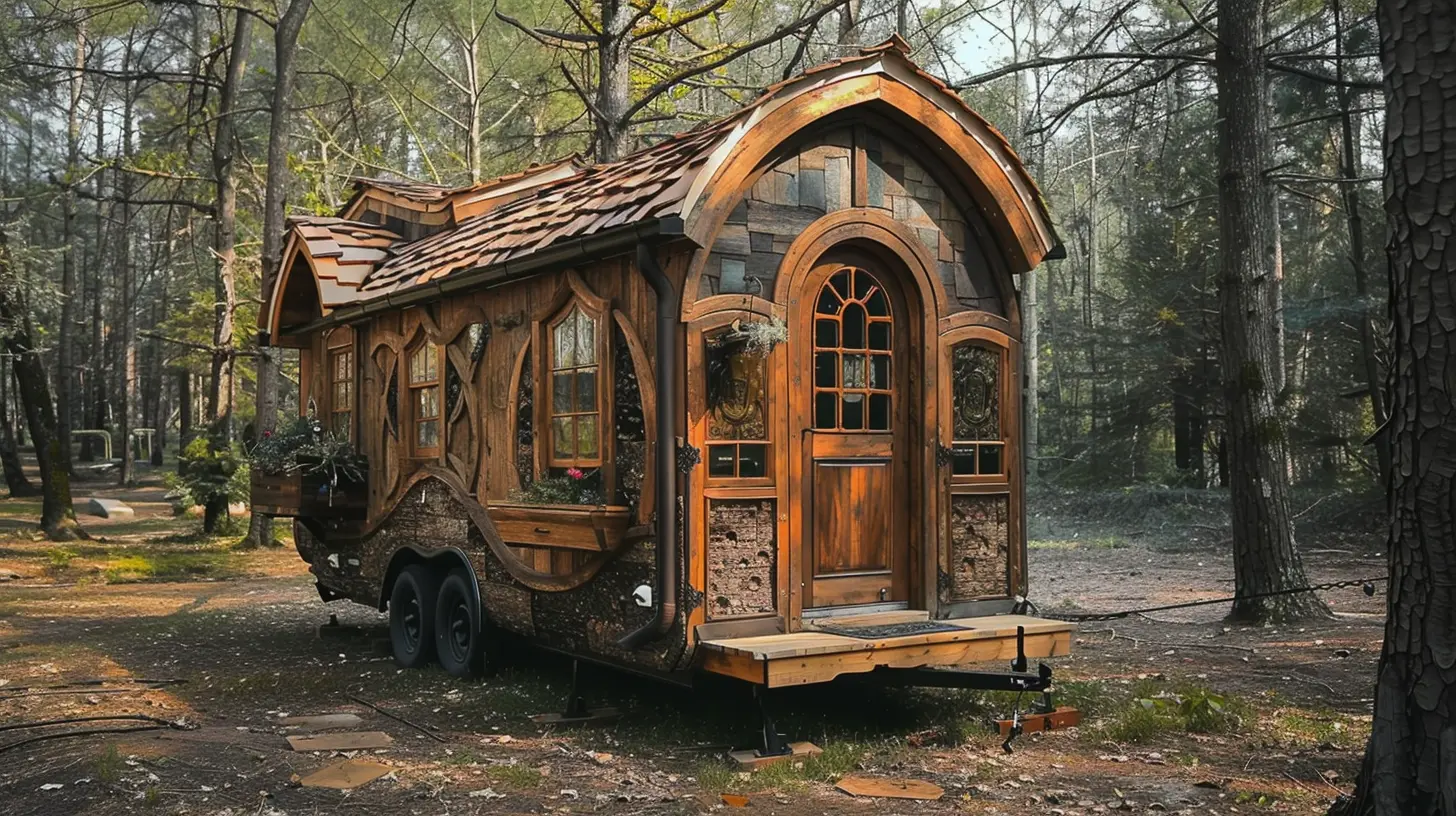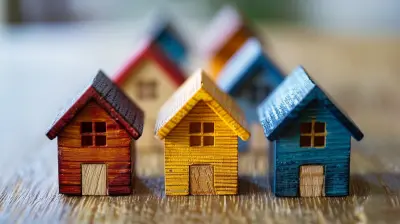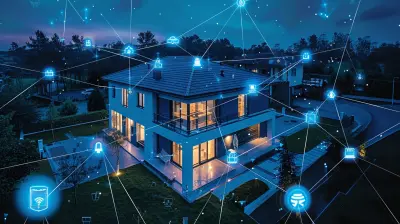19 March 2025
So, you're ready to take the plunge into the tiny home movement? Congratulations! Whether you're downsizing for a simpler life, chasing financial freedom, or embracing sustainability, owning a tiny home is a big deal. Tiny homes might come with smaller price tags compared to traditional houses, but let’s be honest—figuring out how to pay for one still requires some careful thought. The good news? Financing a tiny home isn’t as intimidating as it sounds. Let's break down your options so you can find one that fits your budget like a glove.
What Makes Financing a Tiny Home Different?
Before we dive into the nitty-gritty, let’s acknowledge the elephant in the room: financing a tiny home can be trickier than securing a traditional mortgage. Why? Well, most lenders don’t classify tiny homes as real property like they do traditional houses. That’s because tiny homes are often mobile or sit on leased land, and their lower price point doesn’t justify a standard 15- or 30-year mortgage.But don’t sweat it! There are still plenty of ways to fund your dream—some conventional, some less so. Whether you’ve got a modest budget or want to splurge within reason, there’s a financing method out there for you.
1. Personal Loans
Let’s start with one of the most straightforward options: personal loans. These loans are unsecured, meaning you don’t have to put up collateral like a home or car. They’re pretty flexible—you can use them for just about anything, including your tiny home.Pros of Personal Loans
- Quick Approval: Many personal loans are approved within days, making them ideal if you’re on a time crunch.- No Collateral Needed: You won’t need to risk your assets.
- Flexibility: You can borrow as much or as little as you need, provided you qualify.
Cons of Personal Loans
- Higher Interest Rates: Since personal loans are unsecured, they tend to have higher rates compared to mortgages.- Shorter Terms: Repayment periods are typically between 2–7 years, which means higher monthly payments.
Who Is This Best For?
Personal loans work great for people with solid credit scores (think 650 or above) who need quick financing and don’t mind slightly higher interest rates.
2. RV Loans
If your tiny home is mobile or built on a chassis, you might qualify for an RV loan. Essentially, lenders treat your tiny home like a recreational vehicle.Pros of RV Loans
- Lower Interest Rates: These loans often have lower rates than personal loans.- Longer Terms: You can stretch payments over 10–20 years, allowing for lower monthly payments.
- Industry Recognition: Some lenders specialize in RV loans, so they’re familiar with tiny home financing.
Cons of RV Loans
- Strict Requirements: Your tiny home has to meet certain standards, like being certified by the RV Industry Association (RVIA).- Not All Tiny Homes Qualify: If your home doesn’t have wheels or isn’t considered a “vehicle,” you’re out of luck.
Who Is This Best For?
If your tiny home will travel with you like a snail and its shell, an RV loan might be the perfect fit. Just make sure your tiny home checks all the boxes for RVIA certification.
3. Chattel Loans
Never heard of a chattel loan? You’re not alone. These specialized loans are designed for mobile or manufactured homes that aren’t secured to permanent foundations. Essentially, the loan is tied to the home itself, not the land.Pros of Chattel Loans
- Lower Down Payments: Chattel loans often require less money upfront compared to other loans.- Easier Approval: You don’t need to own the land your tiny home sits on.
Cons of Chattel Loans
- Higher Interest Rates: They’re typically more expensive than traditional mortgages.- Value Depreciation Risk: Since the loan is tied to the tiny home and not the land, depreciation could leave you upside down on the loan.
Who Is This Best For?
This option works well if your tiny home will sit on leased land or if you plan on moving it frequently.4. Tiny Home-Specific Financing
Yep, there are lenders out there who specialize in tiny home financing. Some tiny home builders even have partnerships with these lenders, making it a one-stop shop for your home and financing.Pros of Tiny Home-Specific Financing
- Simplified Process: Working with lenders who understand tiny homes can save you a ton of hassle.- Flexible Terms: These loans are often tailored for the unique challenges of tiny home ownership.
Cons of Tiny Home-Specific Financing
- Higher Rates: Since this is a niche market, you may end up paying slightly higher interest rates.- Limited Availability: Not every builder works with financing partners.
Who Is This Best For?
If you’re purchasing a tiny home from a professional builder, this option can streamline the process. Plus, it’s a fantastic choice if other lenders are giving you the cold shoulder.5. Home Equity Loans or HELOCs
Do you already own a home with significant equity? If so, you might be able to tap into that equity to finance your tiny home using a home equity loan or a home equity line of credit (HELOC).Pros of Home Equity Loans/HELOCs
- Lower Interest Rates: Since these loans are secured by your home, they often come with lower rates.- Longer Terms: You can stretch out payments for 10–30 years.
- Tax Benefits: In some cases, you may qualify for tax breaks on the interest.
Cons of Home Equity Loans/HELOCs
- Risk of Foreclosure: If you can’t make your payments, you could lose your primary home.- Requires Existing Equity: If you don’t already own property, this option isn’t available.
Who Is This Best For?
If you already own real estate and are confident in your ability to repay, this can be a cost-effective way to finance your tiny home.6. Self-Financing
If you’re a fan of the debt-free lifestyle or just hate the idea of monthly payments, self-financing might be for you. This could mean saving up, using your emergency fund, or pooling money from various sources.Pros of Self-Financing
- No Interest, No Debt: Once your tiny home is paid for, it’s truly yours—free and clear.- Flexibility: You can use your own money any way you see fit.
Cons of Self-Financing
- Takes Time: Saving up for a tiny home can take years.- Taps Into Reserves: Using your emergency fund could leave you vulnerable in a financial pinch.
Who Is This Best For?
Self-financing works best for people who hate debt and have the patience (or resources) to save up for their tiny home.7. Crowdfunding and Grants
If you’re not shy about asking for help, crowdfunding and grants could be worth exploring. Platforms like GoFundMe allow you to tell your story and ask your friends, family, and even strangers to contribute. Additionally, some organizations offer grants for eco-friendly or sustainable housing.Pros of Crowdfunding and Grants
- Little-to-No Cost: Grants are essentially free money, and crowdfunding doesn’t need to be repaid.- Community Support: You might be surprised by the generosity of others.
Cons of Crowdfunding and Grants
- Uncertain Results: There’s no guarantee you’ll raise enough money.- Effort Required: Running a successful crowdfunding campaign takes time and energy.
Who Is This Best For?
If you’re a creative storyteller or have a compelling reason for wanting a tiny home, this method could work wonders.Wrapping It Up: Which Option Fits You Best?
At the end of the day, financing your tiny home comes down to your unique financial situation, credit score, and lifestyle goals. Are you okay with debt, or would you rather avoid it altogether? Is your tiny home mobile, or does it need to be stationary? Answering these questions will help you figure out which financing option suits you best.Remember: Tiny homes are about simplifying your life and living within your means. Pick a financing option that aligns with your long-term goals so you can enjoy your tiny home without any financial headaches.






Rex McQuade
Love the idea of tiny living! It’s inspiring to see so many financing options available—makes it feel achievable for everyone. Can’t wait to explore my own tiny home journey!
March 30, 2025 at 8:57 PM